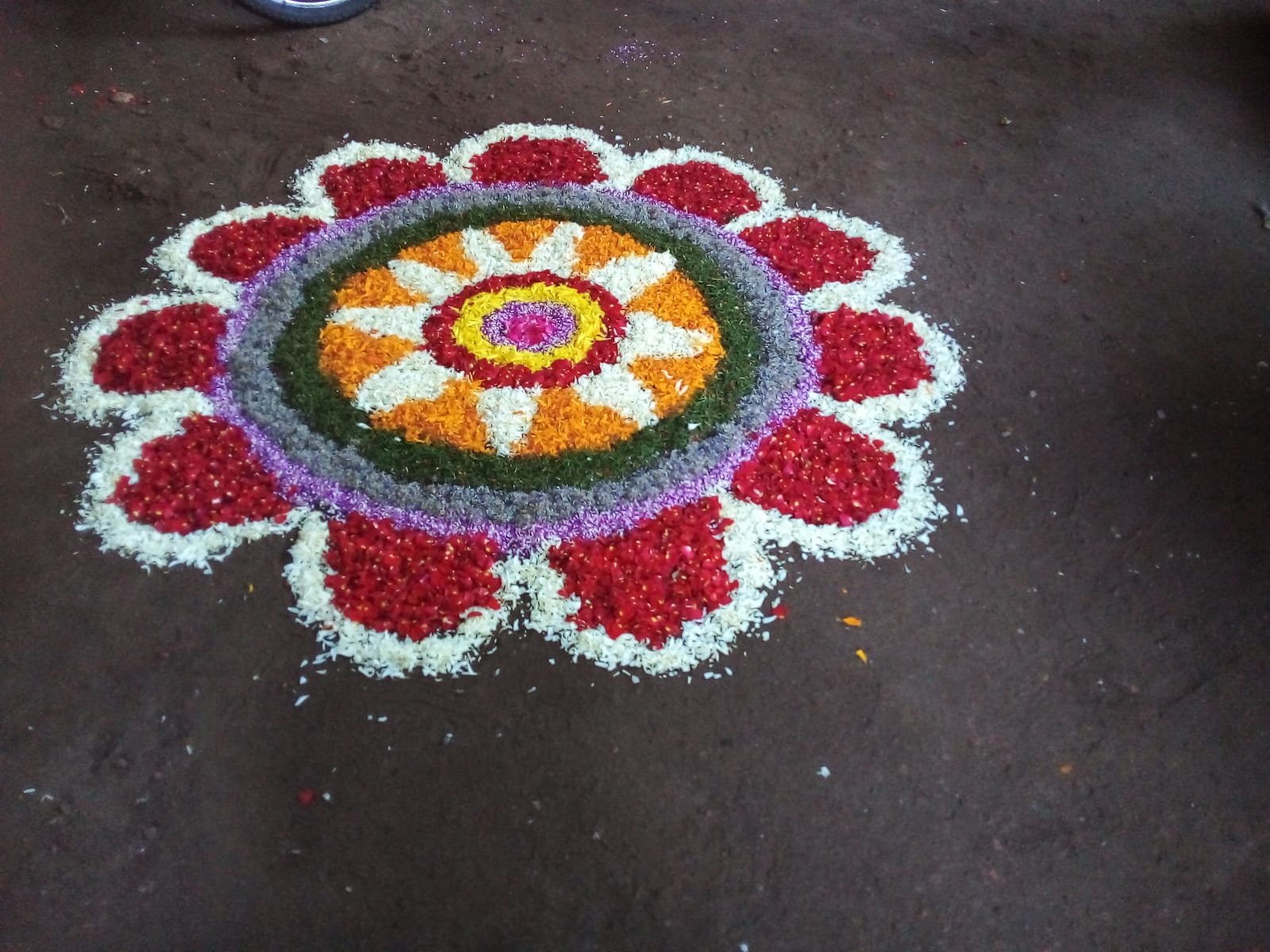Onam, one of the most vibrant and significant festivals in India, especially in the state of Kerala, is a celebration that beautifully intertwines culture, tradition, and prosperity. Rooted in the agrarian past of Kerala, Onam marks the harvest season and commemorates the legendary return of King Mahabali, under whose reign the land was believed to flourish in peace, harmony, and prosperity. The festival, which lasts for ten days, showcases the rich cultural heritage of Kerala, filled with colors, rituals, and joyful celebrations.
The Legend Behind Onam
At the heart of Onam lies the mythological story of King Mahabali, a benevolent Asura king whose reign was marked by justice, equality, and prosperity for all. The legend goes that Mahabali was so popular and beloved by his people that even the gods became concerned about his growing influence. To curb his power, Lord Vishnu incarnated as Vamana, a Brahmin dwarf, and tricked Mahabali into relinquishing his kingdom. However, due to Mahabali’s righteousness and devotion, Vishnu granted him a boon: once a year, Mahabali could return to visit his land and his people. This annual visit is celebrated as Onam, a time when the people of Kerala honor their beloved king and express their gratitude for the abundance of nature.
The Vibrant Traditions of Onam
1. Pookalam: Floral Rangoli of Joy
One of the most beautiful and colorful aspects of Onam is the creation of Pookalam, intricate floral designs made on the ground using fresh flowers. Every day of the festival, new layers are added to the Pookalam, making it more elaborate and vibrant. Families and communities come together to compete in making the most beautiful designs, symbolizing the joy and unity that King Mahabali’s visit brings. The colorful Pookalam also signifies the bounty of the harvest season, as flowers bloom in abundance during this time.
2. Onasadya: The Grand Feast
Onam is incomplete without the grand Onasadya, a lavish feast served on a banana leaf. The traditional meal consists of over 20 different vegetarian dishes, reflecting the richness and diversity of Kerala’s culinary heritage. From the tangy sambar and avial to the sweet payasam, the Onasadya is a true feast for the senses. Each dish holds symbolic meaning, representing different aspects of life and nature’s abundance. Families and friends gather to enjoy this feast, fostering a sense of togetherness and celebration.
3. Vallamkali: The Thrilling Boat Races
One of the most exhilarating and unique aspects of Onam is the Vallamkali or the traditional snake boat race. Long, narrow boats, shaped like snakes and manned by dozens of rowers, race through Kerala’s backwaters, providing a thrilling spectacle for onlookers. The synchronized rowing, the rhythmic chants, and the excitement of the crowd add to the festive spirit. Vallamkali is not just a sport; it symbolizes teamwork, strength, and the unity of the people of Kerala.
4. Kaikottikali: The Dance of Unity
Kaikottikali, also known as Thiruvathira Kali, is a traditional dance performed by women during Onam. Dressed in elegant Kerala saris, women form a circle and perform graceful, rhythmic movements to the beats of traditional songs. The dance celebrates femininity, grace, and unity, and it is often performed to honor the agricultural bounty that Onam represents.
5. Pulikali: The Tiger Dance
Adding a playful and lively element to the festival, Pulikali is a folk art form in which men paint their bodies like tigers and dance to the beats of traditional drums. This energetic performance draws huge crowds, symbolizing the raw strength and vigor of the animal spirit, while also providing entertainment during the Onam festivities.
The Colors of Onam
Onam is synonymous with bright colors that represent the prosperity and joy of the harvest season. The vibrant Pookalams, the colorful traditional attire, the lush green fields, and the deep blue of the backwaters all combine to create a festival that is as visually stunning as it is spiritually enriching. Women dress in traditional cream and gold saris, while men wear dhotis, adding a sense of elegance to the celebrations. The streets, homes, and temples are adorned with lights, flowers, and decorations, creating an atmosphere of festivity and positivity.
Onam: A Festival of Prosperity and Togetherness
Beyond its mythological roots and its grand celebrations, Onam is a festival that fosters unity, peace, and harmony. It is a time when families come together, communities celebrate as one, and the bonds of love and friendship are strengthened. The festival not only celebrates the past and the prosperity of the present but also looks forward to a future of continued happiness and abundance.
Onam is a reminder of the deep connection between humanity and nature and the importance of sharing and caring for one another. In today’s fast-paced world, the festival of Onam offers a moment to pause, reflect, and embrace the values of kindness, equality, and gratitude that King Mahabali himself embodied.
As Kerala continues to celebrate Onam year after year, the festival remains a symbol of hope, prosperity, and the enduring legacy of King Mahabali, whose spirit of generosity and kindness continues to inspire generations.

